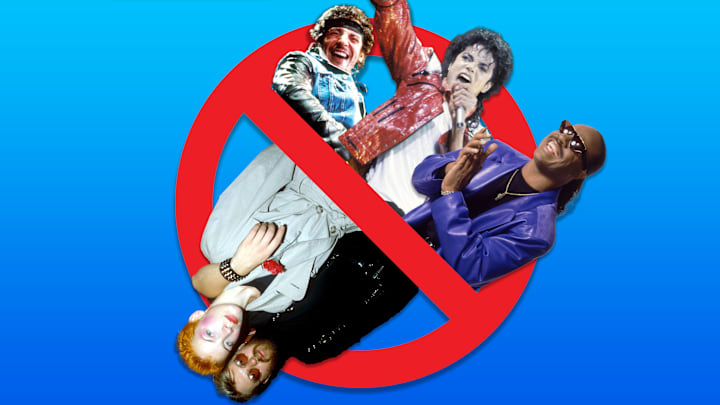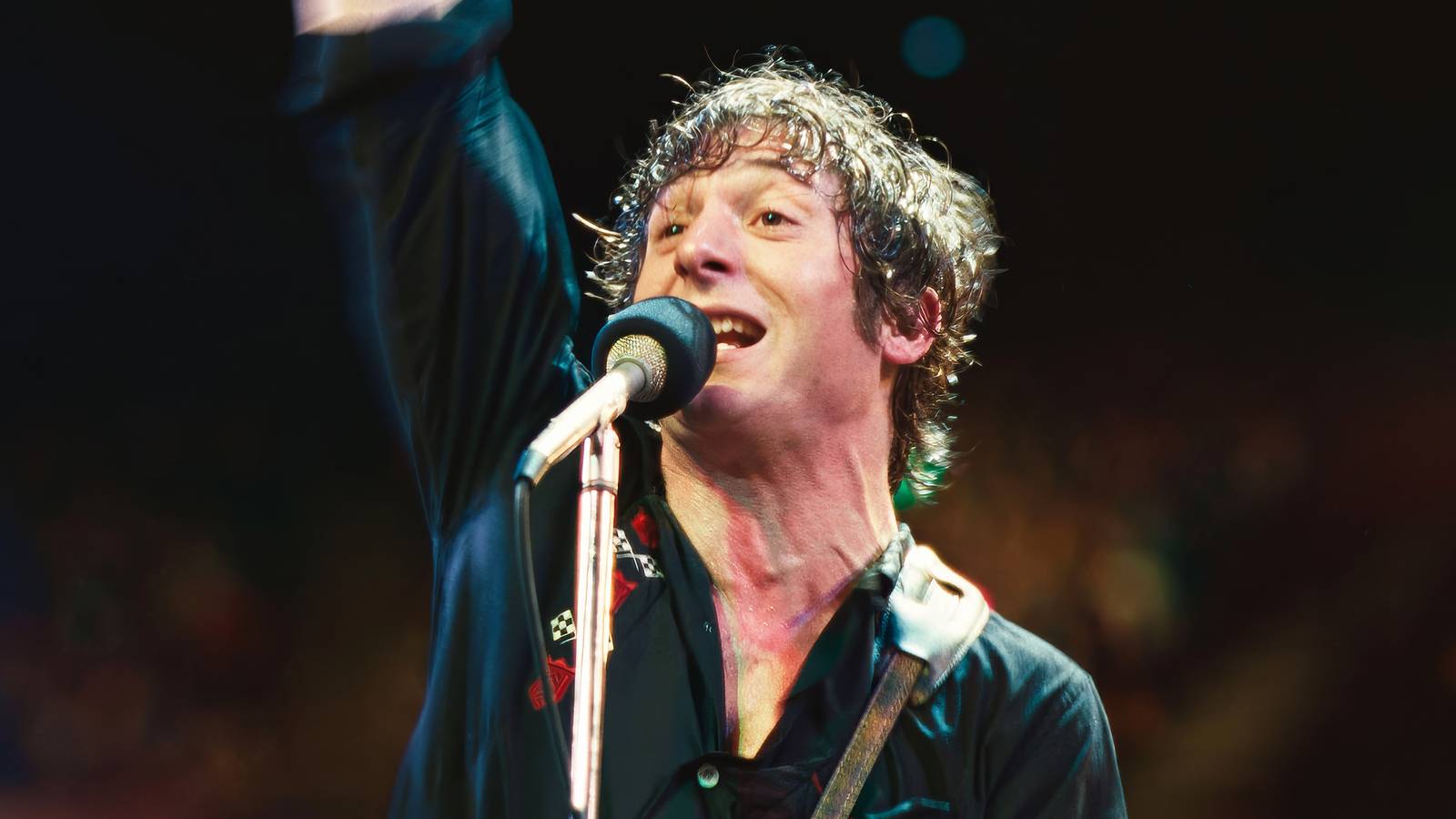Live Aid Revisited: Unearthing the Event's Complex Legacy and Rebel Artists

Conceived by Bob Geldof and Midge Ure, Live Aid stands as one of the most significant musical and humanitarian events in history. Held on July 13, 1985, simultaneously at London’s Wembley Stadium and Philadelphia’s John F. Kennedy Stadium, the double-header concert aimed to raise funds and awareness for the devastating Ethiopian famine. Broadcast to a global audience of nearly 2 billion people, Live Aid showcased an unparalleled array of musical talent, cementing the place of acts like Queen, U2, and Phil Collins in pop history, while also pioneering a new template for large-scale charity concerts.
The genesis of Live Aid can be traced back to October 1984 when Bob Geldof, inspired by a BBC report on the Ethiopian famine, decided to take action. He collaborated with Midge Ure to write and record the charity single “Do They Know It’s Christmas?” Released on December 3, 1984, under the moniker Band Aid, which featured an amalgamation of top pop stars, the single reached No. 1 on UK charts and raised over $28 million. However, Geldof envisioned a greater impact, aiming to purchase a fleet of trucks to transport aid. This ambition led to the planning of Live Aid, a concert of unprecedented scale. Geldof famously used persuasive, even bluffing, tactics to secure more than 50 of the music industry's biggest names, including David Bowie, Elton John, Paul McCartney, The Who, Bob Dylan, and Madonna, for the bicontinental event. Broadcast rights were sold to 150 countries, raising approximately $140 million.
Beyond its fundraising goals, Live Aid was a spectacular musical event. Queen's 21-minute Wembley set, featuring hits like “Bohemian Rhapsody” and “We Will Rock You,” is widely regarded as one of the greatest rock performances ever. U2's powerful rendition of “Bad,” during which Bono famously interacted with a fan, solidified their status as future stadium giants. Phil Collins made history by performing in London with Sting, then flying via Concorde to Philadelphia to perform a solo set and drum for Eric Clapton and a reunited Led Zeppelin, an act remembered as much for its logistical feat as for its musical outcome. The concert also marked a significant moment for hip-hop, with Run-DMC taking the stage in Philadelphia, defying pop radio norms of the time. Other highlights included Madonna's energetic performance, Mick Jagger and Tina Turner's fiery duet, and Elton John's collaboration with George Michael. Bob Dylan used his platform to plant the seeds for another charity concert, Farm Aid, by suggesting funds be used to help struggling American farmers.
Despite its successes, Live Aid was not without its controversies, particularly concerning artist diversity and the efficacy of its aid. Organizers faced criticism for a predominantly white lineup, with Stevie Wonder reportedly withdrawing after seeing the roster, not wishing to be a
Recommended Articles
Live Aid's Legacy: Untold Stories & The Stars Who Refused to Join

On July 13, 1985, Live Aid brought together a constellation of music stars across two continents to raise funds and awar...
Untold Stories: The Controversial History and Hidden Defiers of Live Aid!

Live Aid, the monumental bicontinental concert of July 13, 1985, raised $140 million for Ethiopian famine relief with le...
Live Aid Legacy: The Untold Story of the World's Biggest Charity Concert and Rebellious Artists

Live Aid, the historic 1985 bicontinental concert, raised significant funds for Ethiopian famine relief and featured ico...
Live Aid: The Controversial Legacy of the Biggest Charity Concert

Live Aid, the historic 1985 bicontinental concert, was a monumental effort to combat the Ethiopian famine, raising milli...
The Complicated Legacy of Live Aid: Unpacking the World's Biggest Charity Concert

Live Aid, the historic 1985 dual-venue concert organized by Bob Geldof and Midge Ure, mobilized a global audience to rai...
You may also like...
Amorim's United Delivers Stunning Title Statement with Dominant Win!
)
Manchester United clinched their third consecutive Premier League victory with a decisive 4-2 win against Brighton at Ol...
Barcelona Rocked by Key Injury Ahead of Epic El Clásico Showdown!
)
Barcelona faces a major blow for El Clásico as star forward Raphinha is ruled out due to an injury setback, despite earl...
Peacemaker Fan Theories Debunked: James Gunn Squashes Season 2 Finale Speculation

The Peacemaker Season 2 finale's reveal of the planet Salvation sparked intense fan theories about Darkseid's potential ...
Springsteen Biopic Struggles: 'Deliver Me from Nowhere' Disappoints at Box Office Debut

Despite high expectations and Jeremy Allen White's portrayal of Bruce Springsteen, the biopic <em>Deliver Me from Nowher...
Ariana Grande Reveals Secret Battle: What Pulled Her Back From Quitting Music?

p
Strictly Drama: Alex Scott's Host Ambition Stirs Dan Walker 'Feud'

The iconic BBC series 'Strictly Come Dancing' is set for a significant change as long-time hosts Tess Daly and Claudia W...
Ethiopia's Financial Boom: Federal Revenue Soars 112% in Three Months

Ethiopia's federal government has reported a significant surge in revenue collection and robust economic growth in the f...
Critical Flaws Exposed: AI Browser Agents Face Major Security Threats

New AI-powered web browsers like ChatGPT Atlas and Perplexity's Comet are revolutionizing online interaction with AI age...